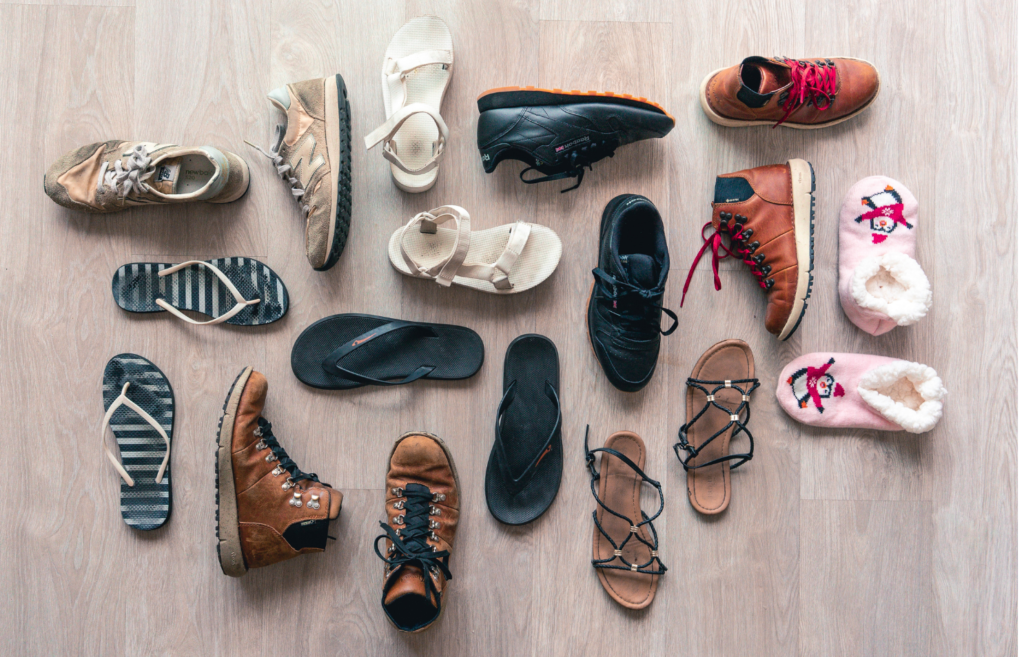Many people with knee osteoarthritis use prescribed shoes or orthoses (also known as insoles) to help manage their condition. This section was designed to inform you about shoes and orthoses in relation to knee osteoarthritis.
In the following video Dr. Jade Tan, a podiatrist, will explain some basic information about shoes and footwear for people with knee osteoarthritis.
To find a podiatrist near you, click here.
Frequently Asked Questions (FAQs)
Some people with knee osteoarthritis respond very well to footwear and insoles. If you haven’t already viewed it, check out the video above, where those living with knee osteoarthritis discuss their experience of using footwear and insoles from an individual perspective.
From a broader perspective – there is some evidence to indicate that supportive shoes can reduce pain and improve function in the medium term (roughly 6 months). BUT – for supportive footwear to be effective they need to be worn for between 7.5-8.5 hours per day!
If you are interested to find out if more supportive shoes may help you, we recommend you seek specialist advice from a podiatrist.
Yes, insoles (or orthoses) can help some people with knee osteoarthritis.
Unsupportive sandals and high heels can often cause discomfort for people with knee osteoarthritis. If you have any queries about your own footwear, we recommend that you speak with a podiatrist.
Sometimes wearing certain footwear can cause a temporary increase in pain or reduction in function. Usually this is nothing to worry about and should resolve within a few days. Review our ‘understanding symptoms‘ page and scroll down to the section titled “What should I do if my symptoms flare-up?” to learn how to manage your symptoms if this happens.
The best people to talk to about footwear are podiatrists. Your physiotherapist may also be able to provide you with more information and advice.
Do others with knee osteoarthritis find shoes or footwear useful?
Next – Surgery
